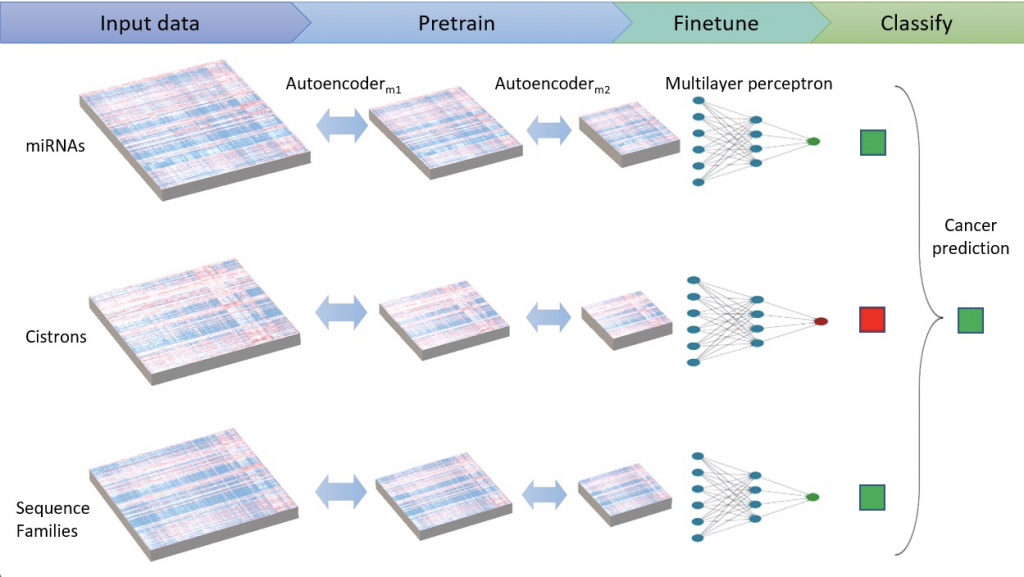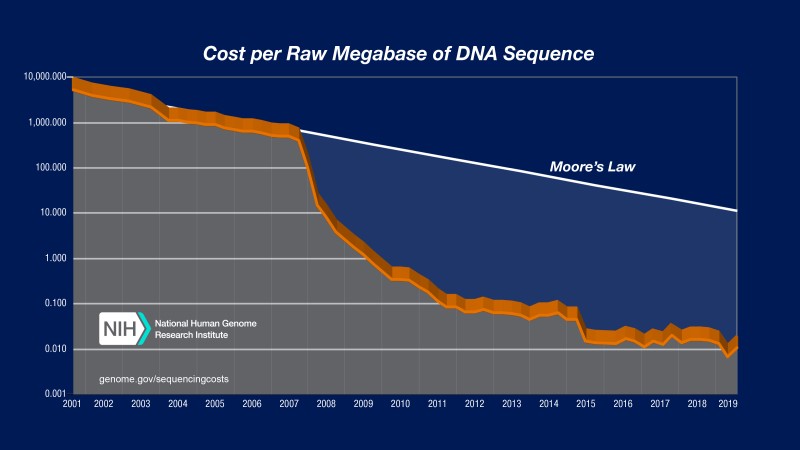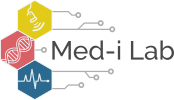


More specific work has been done on identifying the exact gene deformation associated with disease. Single Nucleotide Polymorphisms (SNPs) occur when an incorrect nucleotide is placed in a strand of DNA. There are millions of SNPs in each genome, most with no noticeable effects. However, some SNPs are responsible for disease; the identification of these SNPs is particularly important in understanding disease causation. Independent Component Analysis and a regression approach similar to a modified version of Fast Orthogonal Search (mFOS) are used to reduce data containing SNPs, and identify the more important deformations acting as the disease causation.
related work
2020
Robotic tissue scanning with biophotonic probe Proceedings Article
In: Fei, Baowei; Linte, Cristian A (Ed.): Medical Imaging 2020: Image-Guided Procedures, Robotic Interventions, and Modeling, pp. 330 – 335, International Society for Optics and Photonics SPIE, 2020.
